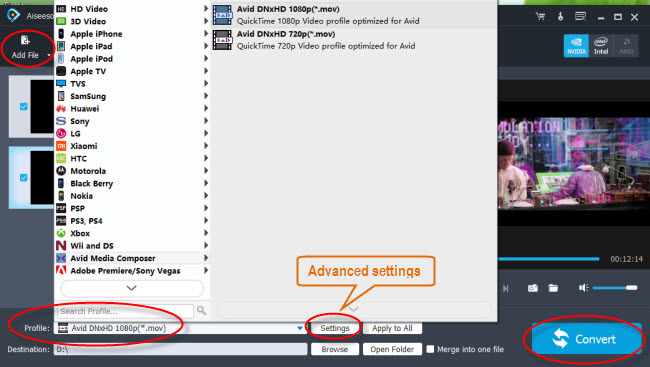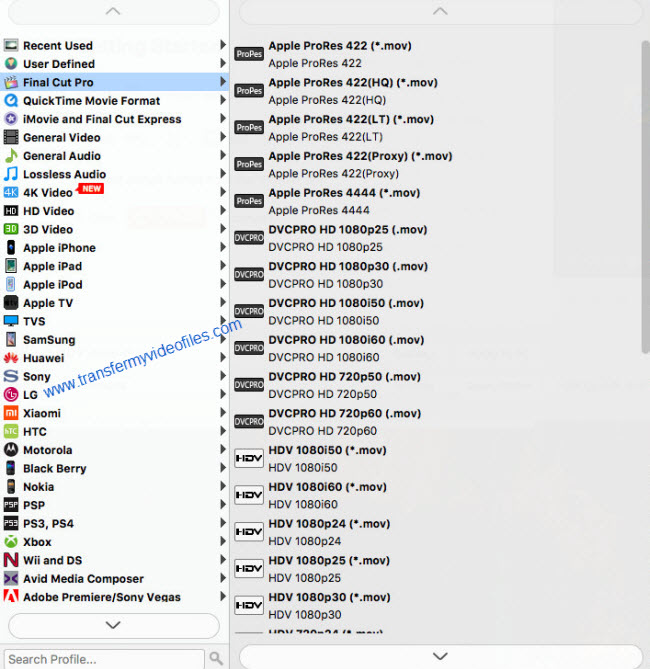Summary: This post introduces the best way to import Sony AVCHD videos to Premiere Pro. Also, it displays what to do if you have troubles while letting Premiere Pro work with AVCHD audio files correctly.
The best way to import Sony AVCHD files to Premiere Pro
To be able to import Sony AVCHD footage to Premiere Pro, follow this way:
Backup/copy the whole folder structure from the media card directly to your hard drive that will be used as edit import. Do remember copying the original structure without missing anything. Then open up Premiere, use the “Media Browser” (don’t use “Import”) found at bottom left of Premiere interface to dig through your folders and find the MTS/M2TS video clips. This is considered as the best way to import Sony AVCHD and other tapeless formats to Premiere Pro.
Even if using the best way to import, on some occasions Premiere Pro still can not read audio files in Sony MTS files correctly. In that case, we would recommend you use HD Video Converter to transcode Sony AVCHD to DNxHD for Premiere Windows version, or rewrap Sony M2TS/MTS to Apple ProRes for Premiere Mac version.
Download a free trial of HD Video Converter


Transcode Sony AVCHD M2TS/MTS files for working with Premiere Pro
Follow these steps:
Step 1: Start up HD Video Converter as a Sony AVCHD to Premiere Pro Converter.
Step 2: Click ‘Add File’ to import Sony AVCHD M2TS/MTS media to the program.

Step 3: Select output format
* If you are on a Windows PC, from the format bar, choose ‘Avid DNxHD 1080p (*.mov)’ as output under ‘Avid Media Composer’ column.
** If you are on a Mac computer, from the format bar, choose ‘Apple ProRes 422 (*.mov)’ as target format under ‘Final Cut Pro’ catalogue.

Important: If you’ve loaded a number of video clips to do batch conversion, please do remember ticking off ‘Apply to All’ option before you start.
Step 4: Custom video and audio settings (for advanced users)
Click ‘Settings’ button, the ‘Profile Settings’ panel pops up, on which you are able to modify video and audio settings like resolution, bit rate, frame rate, sample rate and audio channel.
Step 5: When ready, click ‘Convert’ to start transcoding Sony AVCHD files to Premiere Pro supported QuickTime MOV format. As soon as the conversion complete, click ‘Open Folder’ button to locate the generated files and now you are able to open them in Premiere for post production with optimal performance
Related posts:
Why Adobe Premiere Pro CS6 can’t import MXF files?
I couldn’t get Premiere Pro CS6 to recognize audio on MTS files
Edit Blackmagic 4K footage in iMovie, FCP, Avid, and Premiere Pro
